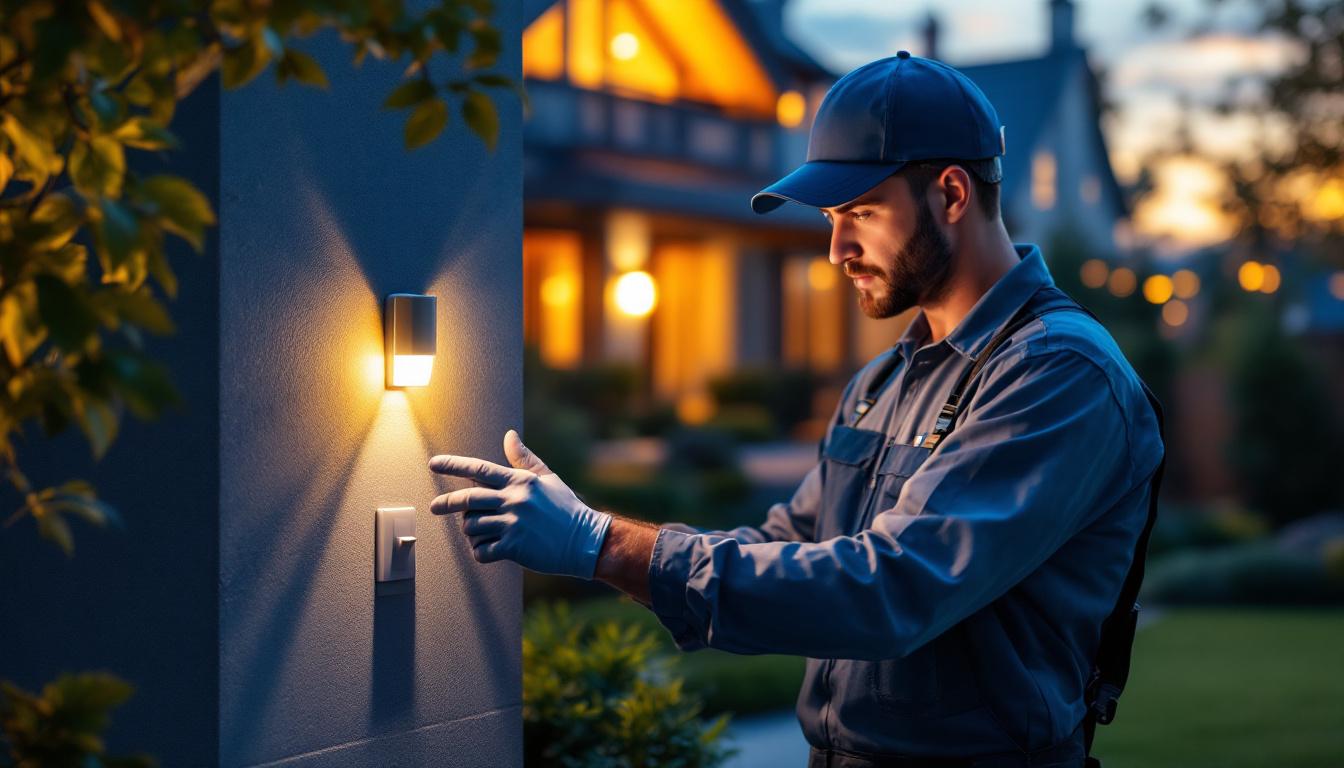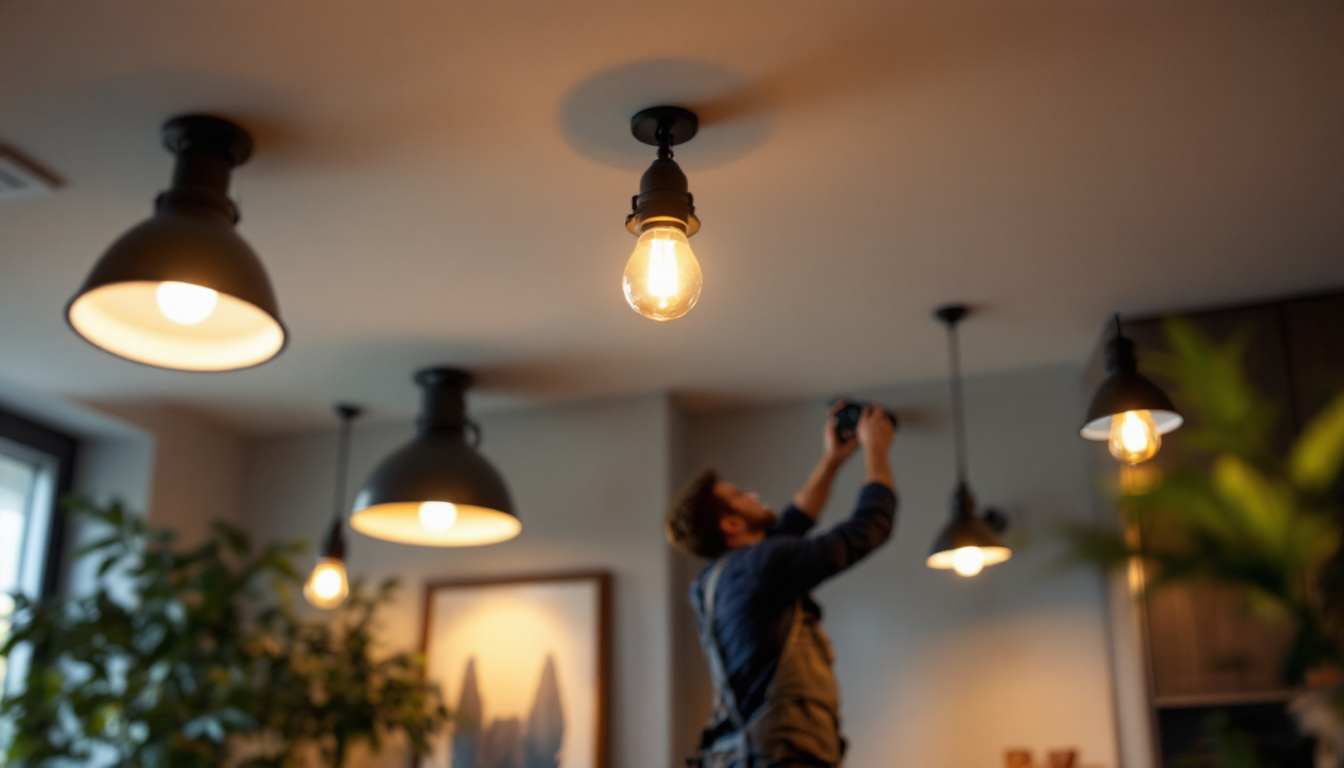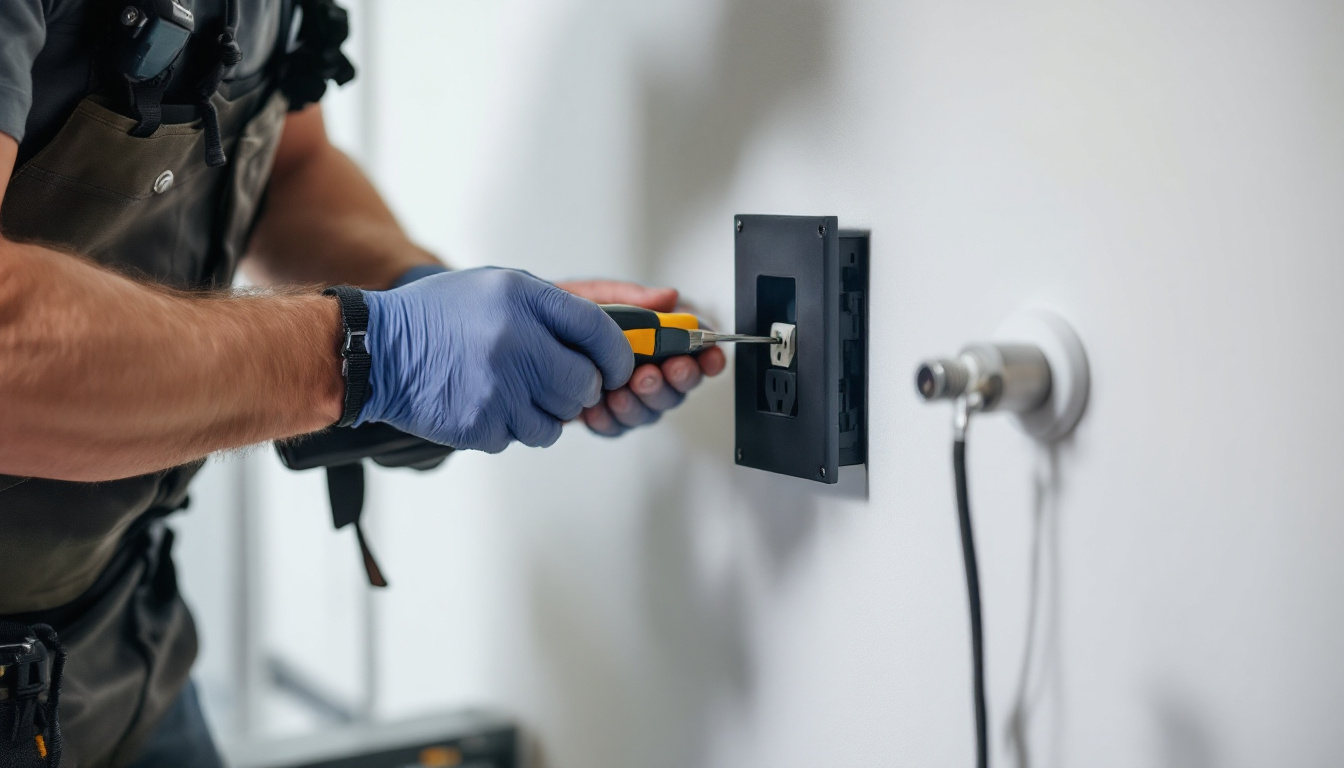
In the ever-evolving world of outdoor lighting, the outdoor light sensor switch has emerged as a critical component for both energy efficiency and convenience. As a lighting contractor, understanding the intricacies of these devices can enhance your service offerings and improve client satisfaction. This comprehensive guide delves into the features, benefits, installation processes, and troubleshooting tips associated with outdoor light sensor switches.
Outdoor light sensor switches, also known as dusk-to-dawn switches, are devices designed to automatically turn lights on at sunset and off at sunrise. This functionality not only conserves energy but also enhances security and convenience for homeowners and businesses alike. By ensuring that outdoor areas are illuminated during the night, these switches help deter potential intruders and create a welcoming environment for guests. Additionally, they reduce the hassle of remembering to turn lights on and off, making them a popular choice for those who value efficiency in their outdoor lighting solutions.
These switches utilize a photosensitive sensor that detects ambient light levels. When the light diminishes to a predetermined threshold, the switch activates the connected lighting system. Conversely, when daylight returns, the switch turns the lights off. This automatic operation eliminates the need for manual intervention, providing a seamless lighting solution. Some advanced models even allow for customization, enabling users to adjust the sensitivity of the sensor or set specific timings for when the lights should activate, catering to individual preferences and seasonal changes in daylight.
There are primarily two types of outdoor light sensor switches: passive and active. Passive sensors rely on natural light levels, while active sensors may incorporate additional technologies, such as motion detection. Understanding the differences between these types can help contractors recommend the best solution based on client needs. For instance, active sensors are ideal for areas that require heightened security, as they can detect movement and turn on lights only when necessary, thus saving energy while providing illumination when it matters most. Furthermore, some models combine both passive and active features, offering a versatile solution that adapts to varying conditions and user preferences.
In addition to their functional benefits, outdoor light sensor switches come in various designs and styles, allowing homeowners to choose options that complement their exterior aesthetics. From sleek, modern designs to more traditional styles, these switches can blend seamlessly with existing outdoor fixtures. Moreover, many contemporary models are designed to be weather-resistant, ensuring durability and reliable performance in diverse environmental conditions. This adaptability makes them suitable for a wide range of applications, from residential gardens to commercial parking lots, enhancing both safety and ambiance in outdoor spaces.
Incorporating outdoor light sensor switches into lighting designs offers numerous advantages. These benefits extend beyond mere convenience, impacting energy consumption, safety, and overall aesthetic appeal.
One of the most significant benefits of outdoor light sensor switches is their ability to conserve energy. By ensuring that lights are only on when needed, these devices can significantly reduce electricity costs. This not only benefits the environment but also appeals to clients looking to lower their utility bills. Furthermore, many modern light sensor switches are equipped with advanced technology that allows them to adjust to varying light conditions throughout the day, ensuring optimal performance and energy savings. This adaptability means that during twilight hours, the lights will activate at the right moment, maximizing efficiency and minimizing waste.
Outdoor lighting plays a crucial role in home security. Well-lit exteriors deter potential intruders and provide a sense of safety for residents. With light sensor switches, homeowners can ensure their properties are illuminated during the night without the hassle of remembering to turn lights on and off. Additionally, these sensors can be integrated with security systems, allowing for synchronized lighting that activates in response to motion detection. This not only enhances security but also creates a welcoming atmosphere for guests arriving after dark, as well-lit pathways and entryways guide them safely to the door.
Automated lighting systems provide unparalleled convenience, allowing homeowners to enjoy well-lit outdoor spaces without manual effort. Moreover, strategically placed outdoor lights can enhance the visual appeal of a property, creating inviting spaces for gatherings or simply enjoying the outdoors. The use of light sensor switches can also contribute to the overall design aesthetic by allowing for the use of softer lighting options that highlight landscaping features, architectural elements, or outdoor art installations. This not only elevates the ambiance of the property but also encourages outdoor activities, making it a more enjoyable space for family and friends to gather, relax, and create lasting memories.
Installing outdoor light sensor switches can be a straightforward process, but it requires careful planning and adherence to safety protocols. Below is a step-by-step guide to ensure a successful installation.
Before commencing installation, gather the necessary tools and materials. Commonly required items include a screwdriver, wire strippers, electrical tape, and the light sensor switch itself. Ensure that all components are compatible with the existing lighting system.
1. **Turn Off Power**: Safety is paramount. Begin by turning off the power at the circuit breaker to avoid any electrical hazards during installation.
2. **Remove Existing Switch**: Carefully detach the existing switch from the electrical box. Take note of the wiring configuration, as this will be essential for connecting the new sensor switch.
3. **Connect the New Sensor Switch**: Following the manufacturer’s instructions, connect the wires from the sensor switch to the corresponding wires in the electrical box. Typically, this involves connecting the line, load, and ground wires.
4. **Secure the Switch**: Once the connections are made, carefully tuck the wires back into the electrical box and secure the sensor switch in place.
5. **Restore Power and Test**: Turn the power back on at the circuit breaker and test the light sensor switch to ensure it functions correctly. Adjust the sensitivity settings if necessary.
Even with proper installation, issues may arise with outdoor light sensor switches. Familiarizing yourself with common problems and solutions can enhance your service capabilities.
If the lights fail to turn on at dusk, check the following:
In some cases, lights may remain on during daylight hours. This can be caused by:
If the sensor switch operates inconsistently, consider the following troubleshooting steps:
When selecting an outdoor light sensor switch, several factors should be considered to ensure compatibility with the client’s needs and preferences. Understanding these factors can help contractors make informed recommendations.
Different sensors come with varying sensitivity levels. Some may activate at lower light levels, while others may require more darkness to trigger. Assessing the environment and the desired lighting effect is crucial in selecting the correct sensor.
Outdoor light sensor switches must withstand various weather conditions. Look for models that are rated for outdoor use and have features such as waterproof casings and UV resistance. This ensures longevity and reliable performance in harsh environments.
As smart home technology becomes increasingly popular, many clients may seek outdoor light sensor switches that can integrate with their existing systems. Look for models that offer compatibility with smart home platforms, allowing for enhanced control and automation.
To ensure optimal performance, regular maintenance of outdoor light sensor switches is essential. Implementing a maintenance routine can prolong the lifespan of the devices and maintain their efficiency.
Over time, dust and debris can accumulate on the sensor, affecting its ability to detect light levels. Regularly cleaning the sensor with a soft cloth can help maintain its performance. Additionally, ensure that surrounding fixtures are free from obstructions that may cast shadows on the sensor.
Conduct periodic tests to ensure the sensor is functioning correctly. This involves observing the lights at dusk and dawn to confirm they operate as intended. If any inconsistencies are noted, further investigation may be necessary.
As seasons change, the amount of natural light varies. Adjusting the sensitivity settings of the sensor can help maintain optimal performance throughout the year. Encourage clients to revisit these settings periodically to adapt to changing light conditions.
Outdoor light sensor switches are invaluable tools for lighting contractors, offering energy efficiency, enhanced security, and convenience. Understanding their functionality, installation processes, and maintenance requirements can significantly enhance service offerings and client satisfaction. By staying informed about the latest technologies and best practices, contractors can position themselves as experts in outdoor lighting solutions.
As the demand for automated lighting solutions continues to grow, embracing outdoor light sensor switches will not only benefit contractors but also their clients, creating beautifully illuminated and safe outdoor spaces.
Ready to elevate your lighting projects with the most efficient outdoor light sensor switches on the market? Look no further than LumenWholesale, where we provide lighting contractors with spec-grade lighting products at unbeatable wholesale prices. Our selection is designed to meet the highest industry standards, ensuring you deliver reliable and high-performance lighting solutions to your clients. With the added benefits of free shipping and no middleman markups, you can confidently purchase in bulk and save. Make your next project shine brighter by choosing Wholesale Lighting at the Best Value with LumenWholesale.

Unlock the secrets of pot light light bulbs with our comprehensive guide tailored for lighting contractors.

Discover the transformative impact of solar uplights on modern lighting projects.

Discover essential tips and expert advice for lighting contractors on mastering the use of 2 ft fluorescent bulbs.

Discover the frequent pitfalls lighting contractors face with outlet box covers and learn how to avoid them.